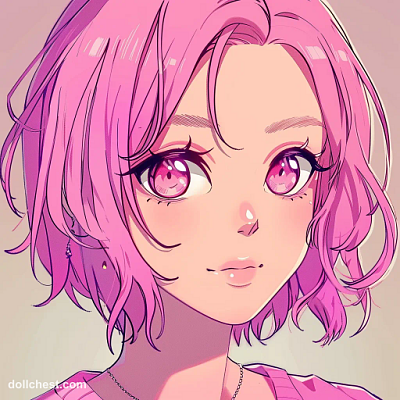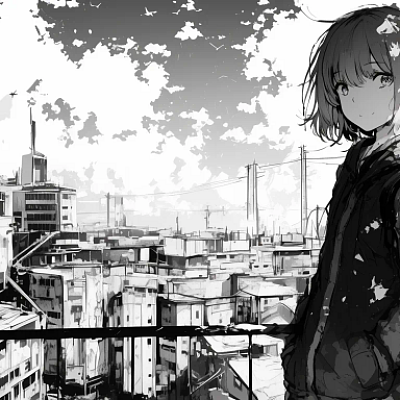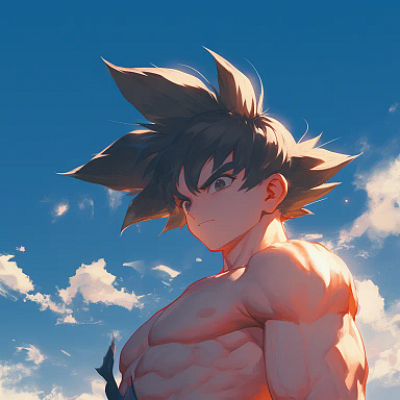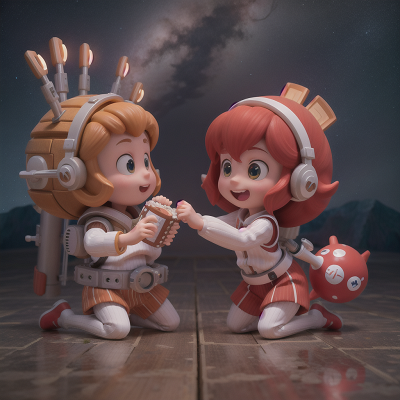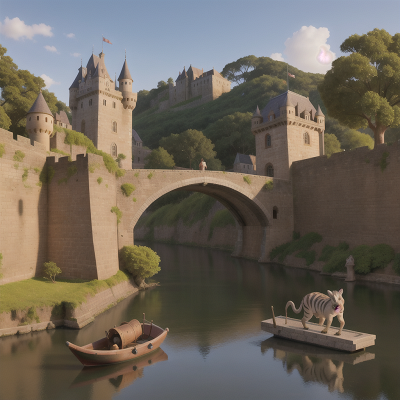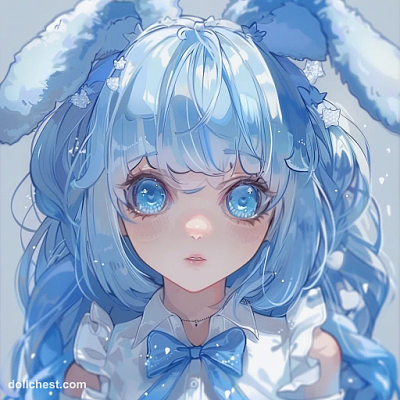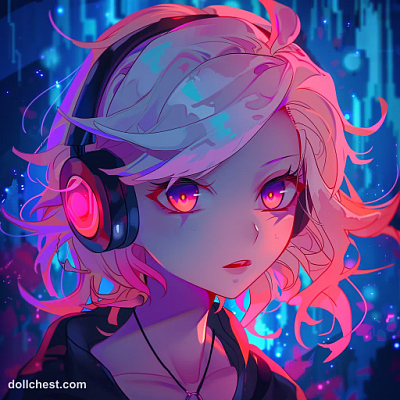Eye of the Beholder - Video Game From The Early 90's
5 years ago • 6,785 Views • 2 Files
Description
Something evil is lurking below the city of Waterdeep. The Lords of Waterdeep summon a group of heroes to investigate, but someone or something has been watching the proceedings. After the heroes enter the sewers, the ceiling collapses behind them. The only way out is the way down, into a dungeon filled with monsters, traps and puzzles.
Eye of the Beholder is a dungeon crawler RPG with a first-person perspective based on the 2nd Edition AD&D rules. The starting party consists of four characters and up to two NPCs can join later. Combat and magic happen in real time, similarly to Dungeon Master. There is a variety of monsters to fight and spells to cast. The game features a point-and-click interface for fighting, spellcasting and handling objects.
Trivia
Character portraits
A number of the portraits in Eye of the Beholder were Westwood employees. These include Paul Mudra (Music and Design), Phil Gorrow (Lead Programmer and Design), Joseph Hewitt (Lead Artist and Design), Mike Legg (Programmer and Design), Frank Saxxon (Artist), Aaron Powell (Artist) and Eydie Laramore (Lead Writer and Design).
Cancelled Lynx port
This game was being ported to Atari's Lynx by NuFX, Inc., but development was halted. Prototypes have since been leaked to the internet.
- The Sega CD version features a soundtrack composed by Yuzo Koshiro.[4]
Boss
The final big boss, Xanathar is actually The Beholder, as he (is it he? or was it she? :-) says to you (when you get to the endgame for final confrontation) that all those traps you encountered, and minions you fought was just a play to watch, and that he was watching you all the way (that only gets him beholder title). Now, as you can notice, he looks like a big bowling eye, with many pipes that ends also with an eye (that gives him eye title). So, Eye of the Beholder would actually be himself.
As in this game he's the main bad guy, in Eye of the Beholder II, there are actually many creatures that are from his race, and are no such threat.
Ending
Eye of the Beholder was praised for its stylish cinematic opening sequence, which dazzled players and set the stage of the game to follow. However, since the final game's size weighed in at 5 3.5" disks, SSI decided to cut the ending cinematic, figuring very few players would see it anyway, and it was not worth the extra cost of the sixth disk.
However, many players who did slog it out to the end of the game and were not amused when they were "rewarded" with a simple text message and unceremoniously dropped to DOS. SSI soon realized their mistake, but the damage could not be undone. Many players assumed the game simply never had an ending, never suspecting it existed but was not included.
The Amiga version was later released with the final endgame graphic.
Also, there was one bit of the ending that most players never saw. Players were able to do what the developer's called the "EoB Two-Step," side-stepping, turning and side-stepping again, they were able to fight many monsters including the boss with risk of taking much damage. It was possible, though time consuming, to use this technique to kill Xanathar. This is not the way the game's designers had in mind for his defeat though. The player were supposed to lure and push Xanathar into one of the spike traps where there was a small animated sequence (basically 4 frames) of him being impaled and dying.
Sequels
The game has two sequels, Eye of the Beholder II: The Legend of Darkmoon, released in 1991, and Eye of the Beholder III: Assault on Myth Drannor, released in 1993. The third game, however, was not developed by Westwood, which had been acquired by Virgin Interactive in 1992 and created the Lands of Lore series instead.
Eye of the Beholder Trilogy (1995, SSI) was a rerelease of all the three games for DOS on CD-ROM. Interplay released the three games along with a number of other AD&D DOS Games in two collection CDs: The Forgotten Realms Archives (1997) and Gamefest: Forgotten Realms Classics (2001).
Related games
Several modules for Neverwinter Nights (2002) have been created by fans as remakes of the original Eye of the Beholder game.[23][24] A team of Indie game developers led by Andreas Larsson did a fan conversion of the game for the Commodore 64.[25]
Game Boy Advance
In 2002 the game was an adaptation of the same name was developed by Pronto Games for the Game Boy Advance.
Alternate Titles
"EOB" -- Abbreviated title
"アイ・オブ・ザ・ビホルダー" -- Japanese spelling![Image For Post | **Description**
Something evil is lurking below the city of Waterdeep. The Lords of Waterdeep summon a group of heroes to investigate, but someone or something has been watching the proceedings. After the heroes enter the sewers, the ceiling collapses behind them. The only way out is the way down, into a dungeon filled with monsters, traps and puzzles.
Eye of the Beholder is a dungeon crawler RPG with a first-person perspective based on the 2nd Edition AD&D rules. The starting party consists of four characters and up to two NPCs can join later. Combat and magic happen in real time, similarly to Dungeon Master. There is a variety of monsters to fight and spells to cast. The game features a point-and-click interface for fighting, spellcasting and handling objects.
**Trivia**
Character portraits
A number of the portraits in Eye of the Beholder were Westwood employees. These include Paul Mudra (Music and Design), Phil Gorrow (Lead Programmer and Design), Joseph Hewitt (Lead Artist and Design), Mike Legg (Programmer and Design), Frank Saxxon (Artist), Aaron Powell (Artist) and Eydie Laramore (Lead Writer and Design).
**Cancelled Lynx port**
This game was being ported to Atari's Lynx by NuFX, Inc., but development was halted. Prototypes have since been leaked to the internet.
- The Sega CD version features a soundtrack composed by Yuzo Koshiro.[4]
**Boss**
The final big boss, Xanathar is actually The Beholder, as he (is it he? or was it she? :-) says to you (when you get to the endgame for final confrontation) that all those traps you encountered, and minions you fought was just a play to watch, and that he was watching you all the way (that only gets him beholder title). Now, as you can notice, he looks like a big bowling eye, with many pipes that ends also with an eye (that gives him eye title). So, Eye of the Beholder would actually be himself.
As in this game he's the main bad guy, in Eye of the Beholder II, there are actually many creatures that are from his race, and are no such threat.
**Ending**
Eye of the Beholder was praised for its stylish cinematic opening sequence, which dazzled players and set the stage of the game to follow. However, since the final game's size weighed in at 5 3.5" disks, SSI decided to cut the ending cinematic, figuring very few players would see it anyway, and it was not worth the extra cost of the sixth disk.
However, many players who did slog it out to the end of the game and were not amused when they were "rewarded" with a simple text message and unceremoniously dropped to DOS. SSI soon realized their mistake, but the damage could not be undone. Many players assumed the game simply never had an ending, never suspecting it existed but was not included.
The Amiga version was later released with the final endgame graphic.
Also, there was one bit of the ending that most players never saw. Players were able to do what the developer's called the "EoB Two-Step," side-stepping, turning and side-stepping again, they were able to fight many monsters including the boss with risk of taking much damage. It was possible, though time consuming, to use this technique to kill Xanathar. This is not the way the game's designers had in mind for his defeat though. The player were supposed to lure and push Xanathar into one of the spike traps where there was a small animated sequence (basically 4 frames) of him being impaled and dying.
**Sequels**
The game has two sequels, Eye of the Beholder II: The Legend of Darkmoon, released in 1991, and Eye of the Beholder III: Assault on Myth Drannor, released in 1993. The third game, however, was not developed by Westwood, which had been acquired by Virgin Interactive in 1992 and created the Lands of Lore series instead.
Eye of the Beholder Trilogy (1995, SSI) was a rerelease of all the three games for DOS on CD-ROM. Interplay released the three games along with a number of other AD&D DOS Games in two collection CDs: The Forgotten Realms Archives (1997) and Gamefest: Forgotten Realms Classics (2001).
**Related games**
Several modules for Neverwinter Nights (2002) have been created by fans as remakes of the original Eye of the Beholder game.[23][24] A team of Indie game developers led by Andreas Larsson did a fan conversion of the game for the Commodore 64.[25]
**Game Boy Advance**
In 2002 the game was an adaptation of the same name was developed by Pronto Games for the Game Boy Advance.
**Alternate Titles**
"EOB" -- Abbreviated title
"アイ・オブ・ザ・ビホルダー" -- Japanese spelling](https://cdn.imgchest.com/files/j6yxkcxqb7w.png)

